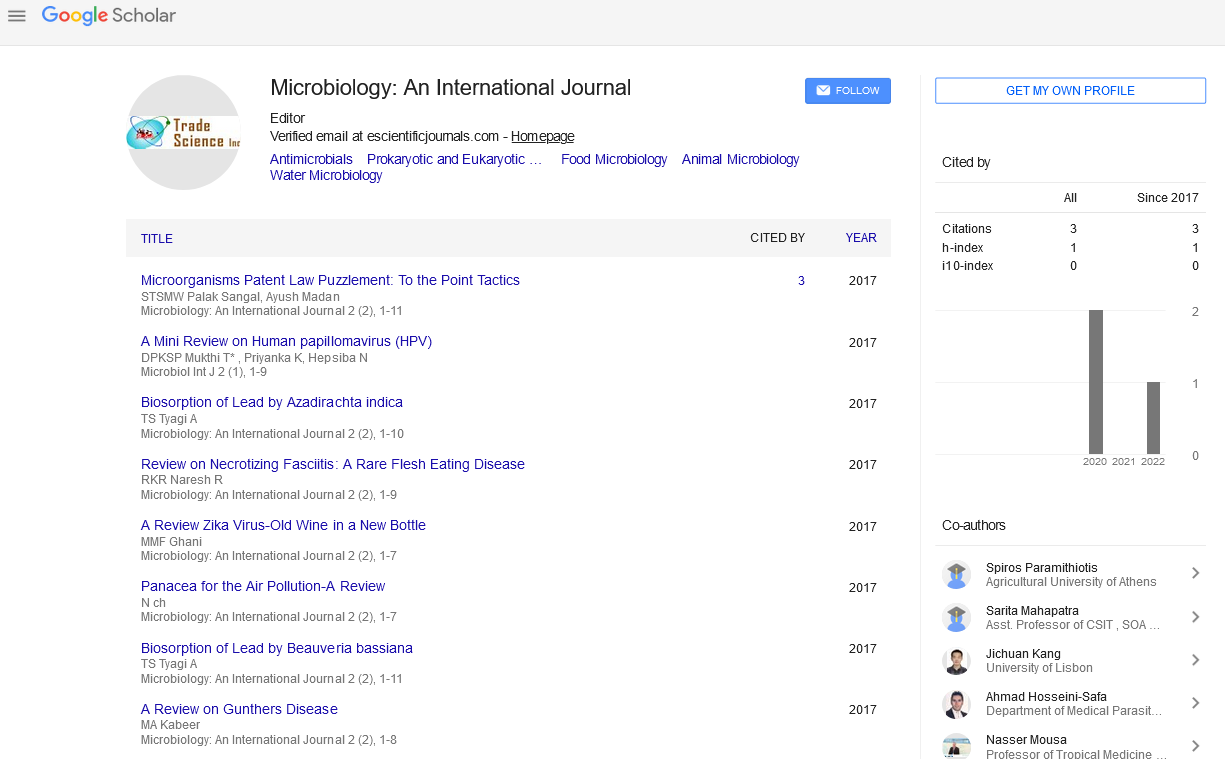All submissions of the EM system will be redirected to Online Manuscript Submission System. Authors are requested to submit articles directly to Online Manuscript Submission System of respective journal.
Ethnic Differences In Inflammatory
Ethnic specific differences in inflammation may have diverse determinants. For instance, low socioeconomic status (SES) has been associated with increased levels of CRP, IL-6 and TNF-α. It is therefore possible that SES may partially explain why certain ethnicities are at higher risk for inflammatory problems. Inflammatory bowel diseases include ulcerative colitis (UC) and Crohn’s disease (CD). The etiology of IBD is not fully understood and is influenced by environmental, genetic and immunological factors. The geographic variation of IBD is well known. The highest prevalence rates are reported in North America and Northern Europe, whereas the prevalence rates are much lower in eastern European and Asian populations. It has been shown that higher incidence rates of IBD are associated with westernization. People who immigrate to westernized countries have a higher risk for developing IBD. The prevalence of IBD is additionally different among ethnic groups of immigrant populations. Nguyen et al. showed a higher prevalence of IBD in Non-Hispanic whites compared with Non-Hispanic blacks. The same study showed a better ratio of IBD hospitalizations and IBDrelated mortality in Non-Hispanic blacks compared with Non-Hispanic whites. This suggests a different IBD phenotype among ethnic groups. Based on this assumption, we've investigated the clinical phenotype of CD in first and second degree Moroccan immigrants as compared to Caucasian immigrants within the Antwerp University Hospital.High Impact List of Articles
-
Overview on Allergy and its Prevalence in USA
Sushma S -
Overview on Allergy and its Prevalence in USA
Sushma S -
Biofilms: A Policy of Microbes to Strengthen their Viability
Kulkarni M -
Biofilms: A Policy of Microbes to Strengthen their Viability
Kulkarni M -
Melioidosis: Current perspectives
Mohapatra SEditorial: Microbiology: An International Journal
-
Melioidosis: Current perspectives
Mohapatra SEditorial: Microbiology: An International Journal
-
In vivo transfer of vancomycin resistance gene (vana) in staphylococcus aureus
SalahuddinKhan, SalmaMahmudOriginal Article: Microbiology: An International Journal
-
In vivo transfer of vancomycin resistance gene (vana) in staphylococcus aureus
SalahuddinKhan, SalmaMahmudOriginal Article: Microbiology: An International Journal

